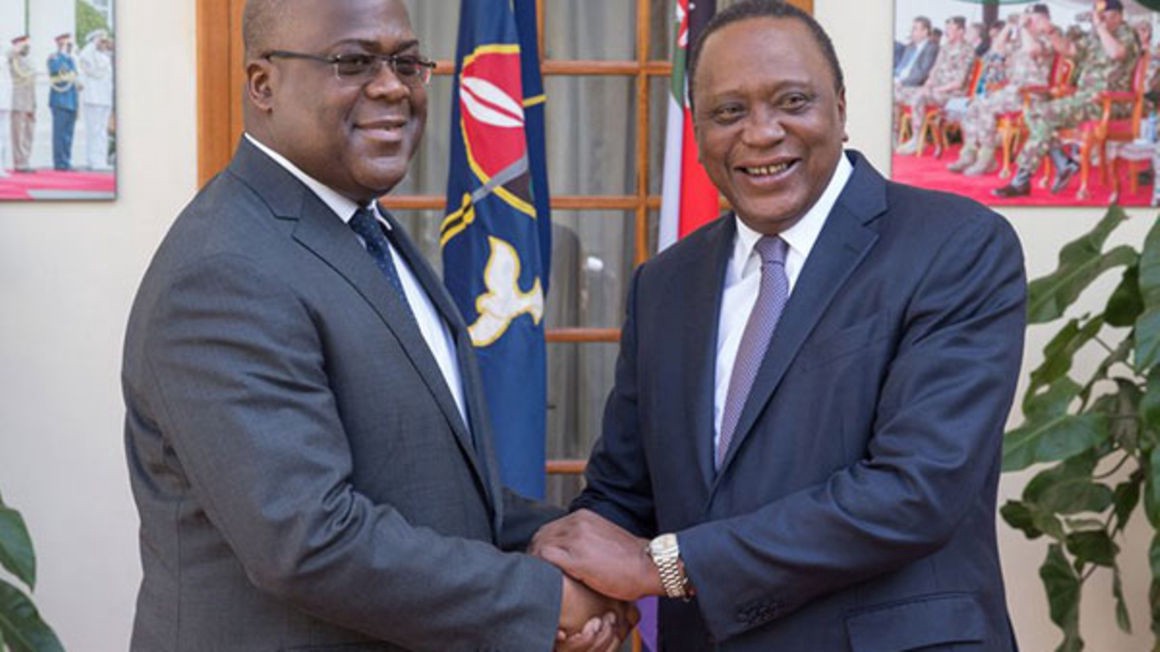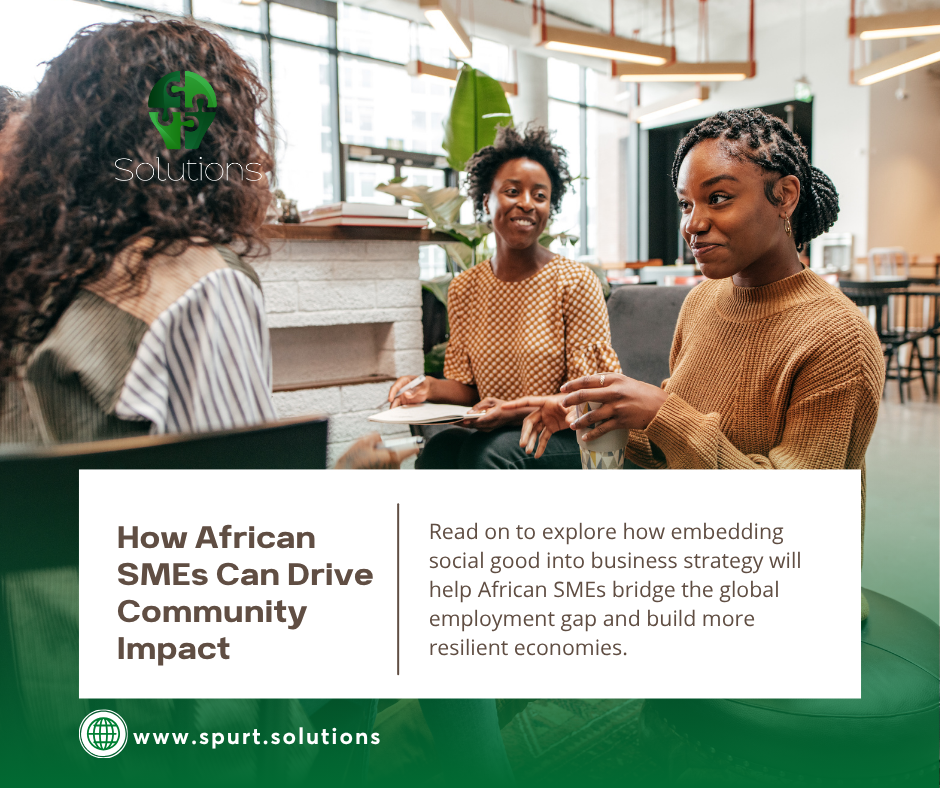The Making of A Regional Powerhouse: DRC’s Potential Entry into the East African Community
At Spurt! We are always looking to amplify solutions to critical and specific challenges in Sub Saharan Africa. This week, we reviewed. A new scramble for DR Congo begins in earnest as Tshisekedi steadies the ship by Aggrey Mutambo. Within a short period of time, Felix Tshisekedi, the reigning leader of The Democratic Republic of Congo (DRC), has built confidence around his leadership and vision for the Central African powerhouse.
President Tshisekedi’s recent election to the chair seat at the African Union, in addition to his apparent reform agenda, has seen numerous African leaders embark on a charm offensive to build, renew and strengthen relationships between Kinshasa and the respective countries. Recently, Uhuru Kenyatta, the East African Community (EAC) chair, spent three days in Kinshasa to ratify some agreements between Kenya and DRC.
According to Aggrey, the DRC’s application to join the EAC is a signal to businesses in the bloc to strategically and operationally prepare to tap into the lucrative DRC market. With a consumer market size that trumps most of the EAC countries, it is critical to establish trade opportunities in the DRC aligned to business strength in the EAC.
Economically, the whole region stands to benefit from this move. Data from TradeMark East Africa shows that cross border trade between DRC and EAC was estimated at US$ 500 million in 2014. This number shot up to $1.5 billion worth of combined export value from the EAC countries to DRC in the 2017 to 2019 period. Companies like Nairobi listed Equity Bank has already made a foray into the market and is currently the largest foreign bank in DRC. With most of the cross-border trade between DRC and the EAC being largely informal, ratification of the AfCFTA and the entry into the bloc will formalise processes.
However, the biggest elephant in the room is DRC’s volatile security state, particularly in the Eastern part of the country. The political and security risks associated with the integration is something worth delving deeper into.
Furthermore, there have been political squabbles within the community, such as Uganda’s recent spat with the DRC regarding rebel activity on the country's western border. Political tension aside, the biggest barrier being navigated by the bloc will be regional integration. The DRC’s poor state of infrastructure will pose a great challenge to the free flow of goods and services.
Although severe infrastructure challenges remain, the admission of the DRC would help establish a trade corridor across the continent. The integration of the DRC into the EAC would also cause a higher volume of goods to flow through the EAC’s major port cities, Mombasa and Dar es Salaam.
Eastern DRC, the most volatile region within the bloc’s borders, would significantly benefit from an increase in trade flows which may play a key role in promoting stability in the region due to increased economic activity.
Culturally, there’s already plenty of exchanges between the countries as top DRC musicians collaborate with their East African counterparts. Tanzania’s megahit star Diamond Platnumz recent collaboration with Congolese maestro Koffi Olomide has consistently topped the East African charts and just hit 61 million views on YouTube.
The kind of familiarity and community building that comes with such cross-cultural collaborations help build a shared understanding of why it is crucial now, more than ever, to integrate the DRC into the East African community.





